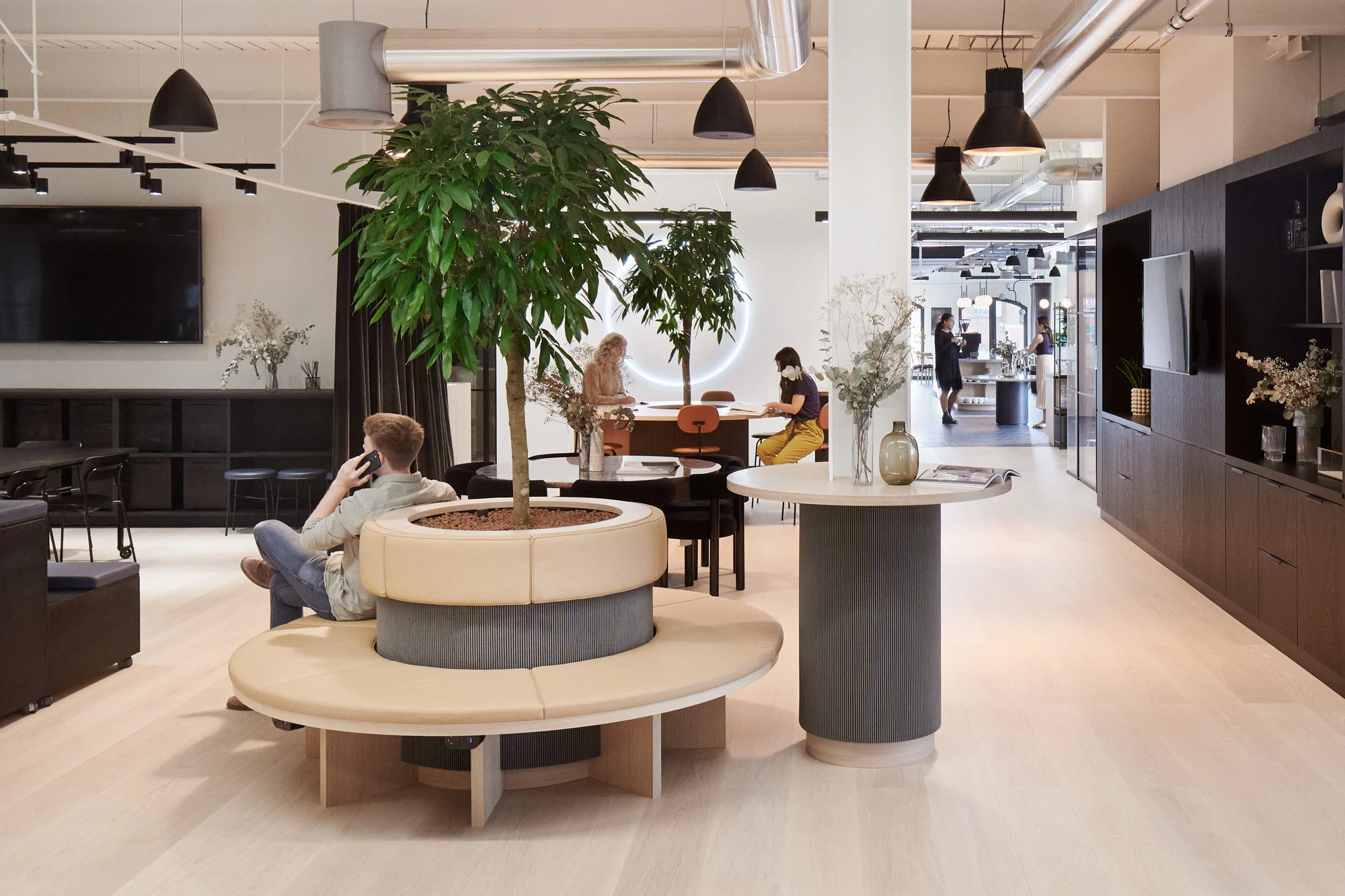Unispace Case Study
As the new Global Procurement Director at Unispace, one of Anna Williams first decisions was to implement Canopy to provide supply chain visibility – a critical factor when trying to mitigate global supply disruptions.
SITUATION
Visibility is imperative for businesses operating in today’s turbulent world
Visibility is critical in supply chains when trying to mitigate global supply disruptions. Events such as Brexit, Covid, and the war in Ukraine make this a priority for businesses. As such, in 2022, Unispace hired Anna Williams as their Global Procurement Director. One of the first things she did was to implement Canopy to provide the all-important supply chain visibility.
I need to know whom to call if there’s a problem or if I want to buy something, and I need to be able to search my database of suppliers quickly and have good categorisation. And importantly, in an increasingly legislative and disrupted world, I need to know if the supplier has met our required levels of compliance in each of the 18 countries we operate in and how much risk they will expose us to.”
“We have access to a third-party risk platform, our ERP system, and many spreadsheets. But the data they hold may not be consistent, so we jump between systems.”
COMPLICATION
Manual processes hinder our ability to do our jobs
Like most organisations, Unispace relied on manual, time-consuming supplier management processes. They were onboarding via paper-based new supplier forms and hand-typing banking details, all of which slowed trade and exposed them to inaccurate data. Anna was also concerned that the lack of a central system for commercial teams to source suppliers meant they missed revenue opportunities.
“We had highly skilled members of staff spending precious time doing admin jobs. And commercial teams maintained their own supplier databases. By not having a single system that allowed us to have supply chain data visible, there’s been a burden of admin falling across the entire business.”

SOLUTION
Canopy is transforming the way we operate as a business
At the heart of Canopy is the Vendor Master Record, this brings all your business stakeholders together around a single trusted supplier dashboard. APIs and data exchange capabilities pull information from third-party sources and internal business systems, so all data (eg contracts, insurances, banking information, ESG & Diversity, and Governance & Performance ratings) is stored, accessed, and queried from one secure location.
“Canopy gives me a single master record for each supplier containing all their information, and that immediately resolves the visibility issue. It also makes our cross-system data accessible and valuable to us as an organisation because we can now see all the information in one place and give everyone access to it.”
Canopy’s automations and the ability to push data collection to the supplier means all teams are using the same data – this reduces the burden of admin across the entire business.
“Canopy benefits the interaction with finance and ERP the most. But sales teams also benefit; they have data at their fingertips, enabling them to respond to clients faster and more accurately.”
FUTURE
Canopy is now being rolled out to all Unispace’s markets
Anna estimates that over 70% of staff will eventually have access to the platform. Once complete, Unispace employees can see all the information about every supplier through one master record, giving them complete visibility. So the benefits will be felt far wider than just within procurement and finance.
Procurement teams will be able to manage supply chain risk better. And Unispace will be able to reduce the time lost to basic admin tasks significantly.
“Too often, procurement does not have access to the right platform to get the information we need. That’s what I’ve done with Canopy. It allows me to take stock of each supplier relationship. It’s great to have the spend level at my fingertips, so I can take a view on category diversification and build better supply chains.”
“We have access to a third-party risk platform, our ERP system, and many spreadsheets. But the data they hold may not be consistent, so we jump between systems.”
Supplier Management Insights
Keep up to date with key Canopy features and industry news in our blog
Can SMEs Finally Compete in Procurement? A New Opportunity Emerges
Can SMEs Finally Compete in Procurement? A New Opportunity Emerges Sarah Drakard · Head Of…


